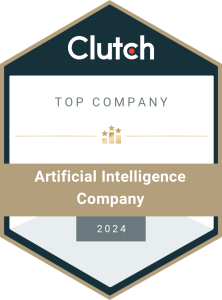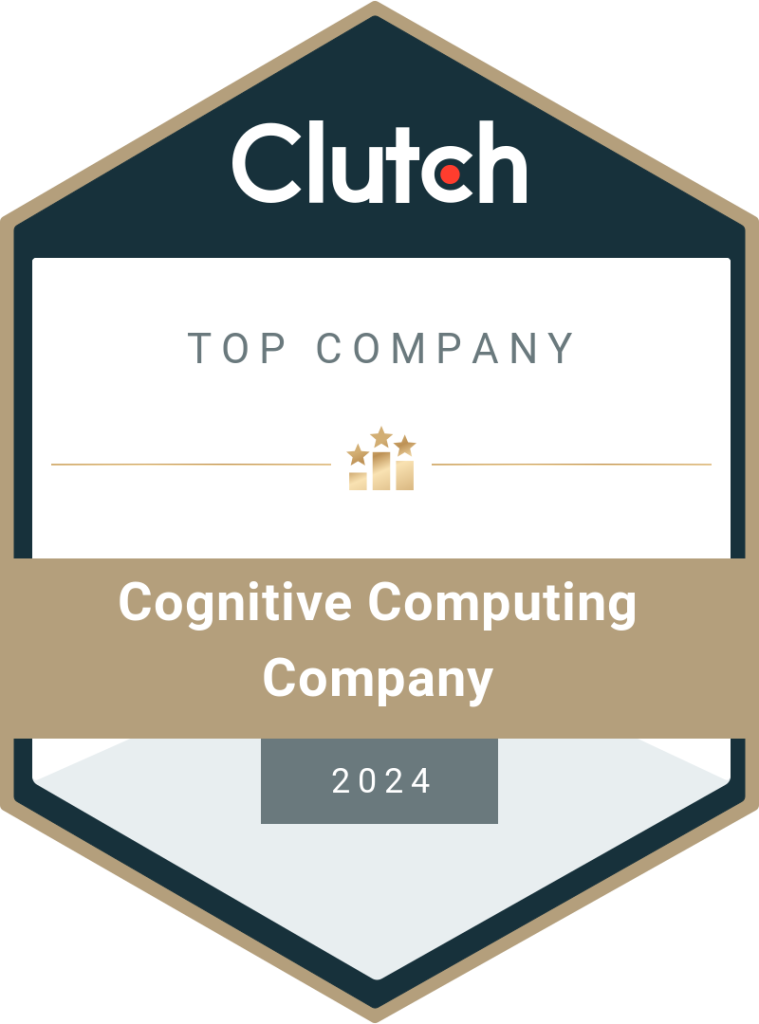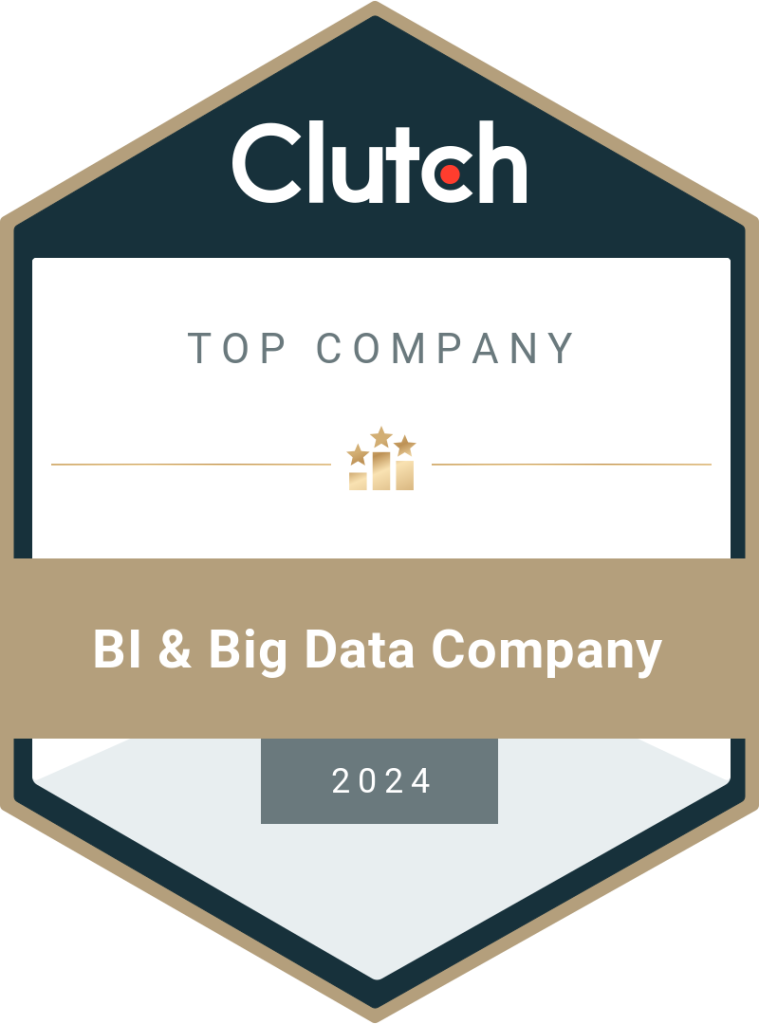Why Hire an AI Software Development Company?
Whether or not a business project is a success largely depends on how solid the technical team is. Today, AI development is faster than ever, pushing businesses to gain a competitive advantage. Every project is unique and so are its requirements. A company must choose the most convenient and efficient model for AI software development, depending on the project’s scale, features, goals, and budgetary constraints. However, there is also a slew of factors that determine the success of a project. Factors Responsible for Outsourcing AI Development Needs of a Company Requirements Before you decide whether to outsource a project or handle it in-house, clearly assess the project goals. What are the features you are looking for in your project? What are the services you will require for the successful execution of the project? When are you planning to launch the project? Next, you need to assess if an in-house team has all the necessary skills to fulfill your expectations from the project or if an external agency can provide you with the level of customization you require for the project. Budget Maintaining a budget is one of the most crucial aspects of a business. So you need to figure out how much capital you can invest into developing your project. Next, calculate the expenditure required for in-house handling and outsourcing and choose the option that best fits your budget. The Results It is one of the most crucial factors you need to consider to decide which of the two options is more viable for you. Compare the services that your in-house team will offer with an external agency. Understand the complete scope of work and the exact services you will be paying for. Now, the next question that might come into your mind is, “How do you ensure that your project idea is executed in the best possible manner? Do you hire an in-house software development team? Do you partner with an AI outsourcing agency?” Let us deep dive into the pros and cons of both these options so you can decide what suits your company the best. Advantages and Disadvantages of In-House AI Development In-house AI development means hiring team members within your organization and training them with the crucial IT skills and abilities needed to handle the project. Although this method is more cost-effective in the long run, it can seriously load the company’s budget in a shorter span. Disadvantages of In-House AI Project Development Lack of Expertise In-house AI developers demonstrate lesser expertise and the skill to develop AI-based ideas as compared to ones in an agency. They do not have an interdisciplinary perspective which is a prerequisite for creating meaningful models for making business decisions and getting faster results. Need for Resources Hiring an entire team is even more difficult than it sounds. As an organization, you must equip yourself with all the resources such as infrastructure, overhead, additional employee benefits, training fees, etc. making an in-house team an expensive affair. Time Crunch Hiring an in-house AI development team is an extensive process. From evaluating potential team members to recognizing the skill gap of every member, training every member is a long process. If you run out of time to execute a project, it is natural to not go with this option. Advantages of In-House AI Project Development High level of Personalization By developing your own AI solution, you can remove all the unnecessary features and complicated settings and bring down costs just by sticking to the product requirement. Ownership of Intellectual Property (IP) If your company invests in developing advanced technology like AI by building an in-house team, you can gain patent rights for the value you add in this field. It can give you an edge over your competitors in the industry. Advantages and Disadvantages of Outsourcing AI Project Development Outsourcing means your company partners with an external AI development agency and delegates the project execution job. Though outsourcing technical projects can be expensive, it is worth the investment. You get access to domain experts with a lot of experience working on similar projects. It is especially beneficial if you do not want to wait too long to launch your product in the market. Advantages of Outsourcing AI Project Development Instant Access to High-Quality Data Tons of high-quality data are needed for developing machine learning and building deep learning models. Even if your business has access to big data, working with such massive data requires a lot of experience and is time-consuming. Only an external AI development agency can bring such expertise to the table. Before starting any AI project development, proper data cleansing and preparation are prerequisites. An outsourcing agency can feed a Machine learning platform with high-quality data sets to leverage it to your advantage. Outsourcing Is a Remedy for Invisible Costs Outsourcing might be expensive, but you pay for the skills and expertise. But while building an in-house team, you pay in terms of both time and money for additional things apart from the skills and expertise. Everything is an additional cost to the company, from recruitment and software licenses to training and employee benefits to providing refreshments. Also, hiring people in technical fields such as AI is tough. A lot of time is needed to search, interview, recruit, and onboard new employees. Your company can save all of this time and capital just by partnering with an outsourcing AI agency. Scalability and Flexibility If you are a fast-growing startup in a highly competitive industry, you need to scale dynamically to meet market needs. In such a situation, the in-house team” approach might not be helpful, especially in challenging, specialized projects. Also, if you are a small company, you probably do not have the resources needed to implement all the in-house services and systems. So to ensure that the quality of the final product is not compromised and to compete with the big players in the market, outsourcing is a better option. You can achieve high levels of scalability and
Read More





